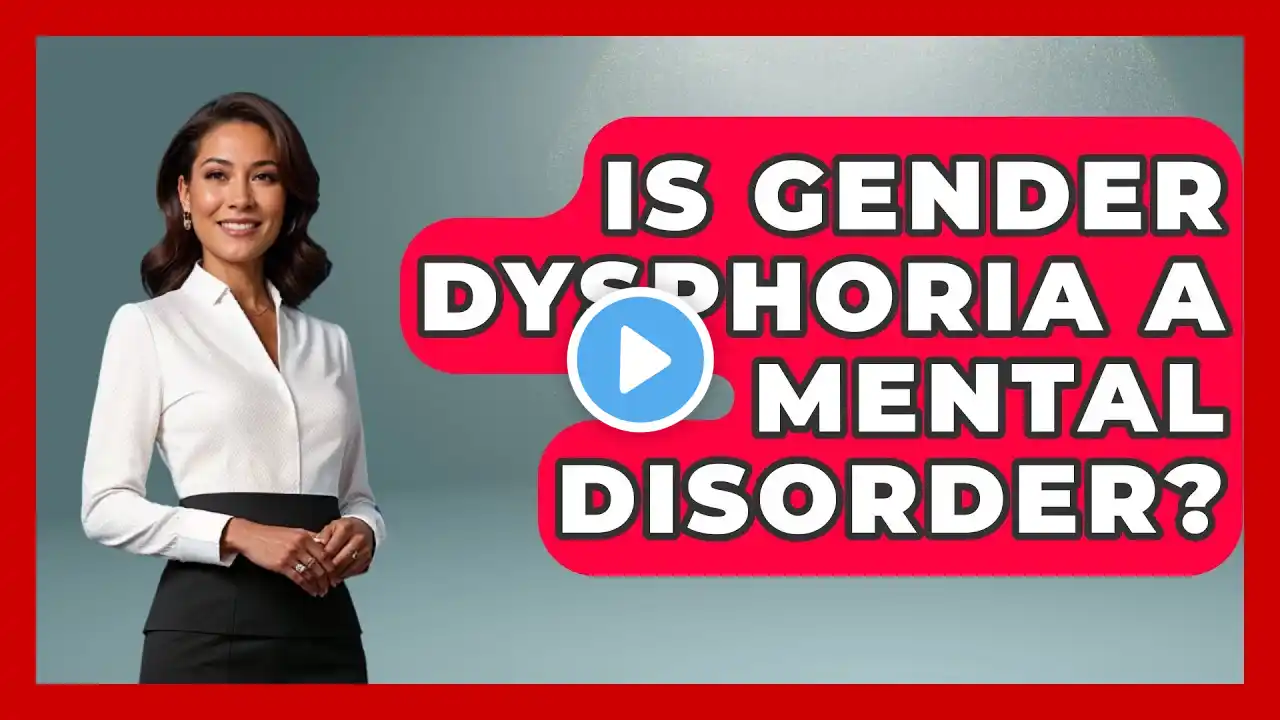
How Is Gender Dysphoria Classified In The DSM-5? - Gender Equality Network
How Is Gender Dysphoria Classified In The DSM-5? In this informative video, we will cover the classification of gender dysphoria as outlined in the Diagnostic and Statistical Manual of Mental Disorders, fifth edition (DSM-5). Understanding this classification is essential for mental health professionals, as it helps to differentiate between gender identity and the distress that may arise from the incongruence between one's gender identity and assigned sex at birth. We will discuss the specific diagnostic criteria for both adolescents and adults, as well as the criteria for children. By breaking down these criteria, we aim to provide clarity on how gender dysphoria is recognized and addressed in mental health settings. Additionally, we will explore the implications of this classification for treatment and support, emphasizing the importance of supportive therapies, hormone treatments, and gender-affirming surgeries. This video also highlights the significance of understanding gender dysphoria in the context of LGBTQ+ rights and inclusion, promoting a compassionate approach to gender identity within our communities. Join us for this essential discussion, and subscribe to our channel for more informative content on gender identity and mental health. ⬇️ Subscribe to our channel for more valuable insights. 🔗Subscribe: https://www.youtube.com/@Gender-Equal... #GenderDysphoria #MentalHealth #LGBTQ #DSM5 #TransgenderSupport #GenderIdentity #MentalHealthAwareness #TransRights #Inclusion #SupportTransYouth #GenderAffirmingCare #LGBTQCommunity #TransHealth #MentalHealthMatters #Equality About Us: Welcome to the Gender Equality Network, where we engage with the essential topics surrounding gender equality and social justice. Our channel aims to create a supportive community focused on sharing research and studies that highlight the importance of equality for all genders.Please note that the content provided is purely informational and should not be considered as professional advice. It is important to conduct your own research and due diligence on the topics presented.





